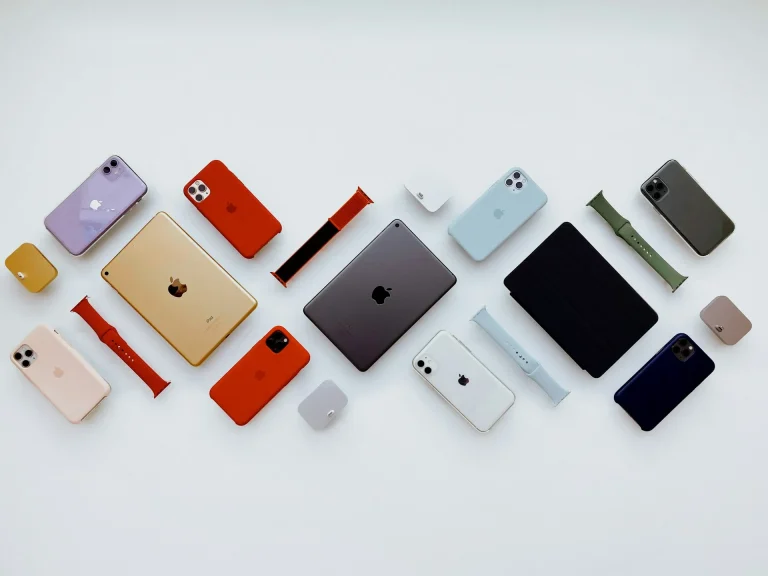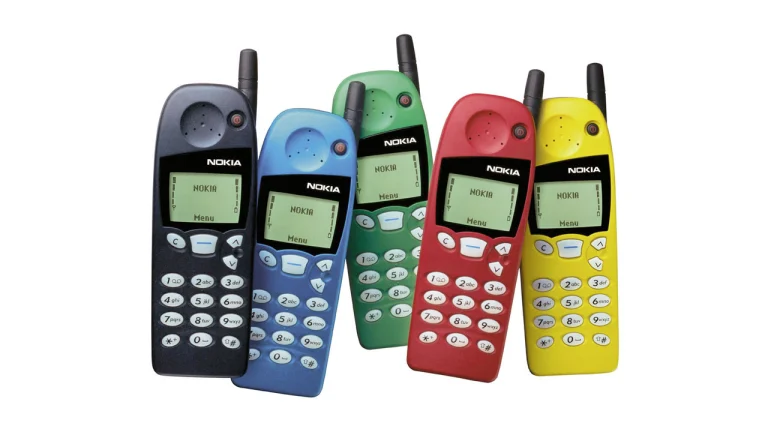I came across Robert Slater’s book Jack Welch & The G.E. Way: Management Insights and Leadership Secrets of the Legendary CEO on the dusty shelves of a second-hand bookstore.
I learned about Jack Welch and his revolutionary contribution to the recent history of General Electric, one of the most important companies of our age, after reading this inspiring book.
No matter how you look at it, Welch’s ability to change and transform a company that was already profitable and functional when he took over, by seeing the future, is a big deal. He could have chosen to stay in his comfort zone and receive his salary and year-end bonuses. However, it is a very brave move for him to make his choice to prepare his company for the future.
The most important thing that I remembered from this book, which I read in great detail, was that although the way most jobs in the world are done remains similar, their definition has evolved from production to service. Although I sometimes have difficulty understanding how a product that emerges after a production process is perceived as a service, there are many things I try to grasp from Welch.

Yesterday, when you were shopping, you mostly bought things you could hold in your hand. This started to include services, things that you could not see but still provided you with some kind of benefit, and we need to talk about a new type of shopping: experience.
What is experience marketing?
This marketing method directly targets users/consumers and focuses on providing people with an unforgettable, impressive experience with the brand while using any product or service of the brand and making them want to use the product/service offered by the brand again.
Today, brands have many written, visual and even audio channels to tell about themselves, but the focus of experience marketing is on feeling to tell about the brand. In other words, all activities designed to ensure that the consumer tries the product or service offered by the brand in person and makes a purchase decision after this can be considered as part of experience marketing.
Why has experience marketing become important?
While older generation consumers are used to buying and using a product after paying for it, the consumption preferences of the new generation are completely different. Each new generation – since Z – has different demands regarding using a product or service, and the consumption model has evolved from paying for a product and owning it to buying it after trying it – if I like it.
The most important reason for the widespread use of the purchasing model by trying it is that there are many products with the same function in a certain category on the market as substitutes for each other. When there are many substitute products on the market, the most meaningful, simple, low-budget and highest-return way for the manufacturer to explain that their product is the best on the market is to have the consumer try the product.
Why should you include experience marketing in your marketing activities?
Visual ads are a strong partner in product marketing, I agree, but they are not as strong as a direct experience with a product. Therefore, experience marketing is a good way for the consumer to remember a product or service.
Another aspect of experience marketing is connected to social media. People share their good experiences as well as their bad ones on their social media accounts, and there is a high probability that an experience offered by the brand and liked by the consumer will be transferred to social media.
Today, every marketing specialist – regardless of their level, finds a way to connect an offline event to an online event, depending on the budget they have. Therefore, an experience activity also means visibility on social media.
Case studies on experience marketing
Whether you want to deliver a product to the end consumer or try to get as many people as possible to use a service you offer; experience marketing is one of the important topics that will exist in the future of marketing communication.
Products and services are becoming more and more similar to each other day by day, and the way to differentiate these products from each other is through the consumer using these products and understanding how they will feel when using them.
What needs to be accepted is, that no one has enough money, time and desire to pay full price for each product and try them and find ways to return them if they don’t work. If your product doesn’t work, let the next one come.
Another aspect that makes experience marketing important is its structure that allows for feedback collection.
It is important for products to be opened for trial before purchase and for feedback to be received about the product. The user liked the product; okay, which parts did they like; what can you do better? If they didn’t like it, why? What was missing, at what stage did it not work and what are the aspects that need to be improved?
Simply, the cup of coffee you drink is no longer just coffee. With a cup of coffee, many kinds of experiences and stories now come with it. So, those of us working in marketing communications now have to build some kind of experience with the brands we work with, in addition to selling something.
Further links…
- Bio of Jack Welch
- Jack Welch & The G.E. Way: Management Insights and Leadership Secrets of the Legendary CEO
- 13 examples of experiential marketing campaigns …
- Experiential marketing: What it is and why it works
- Brand experience: The complete guide to this new type of marketing
- Everything you need to know about brand experience









